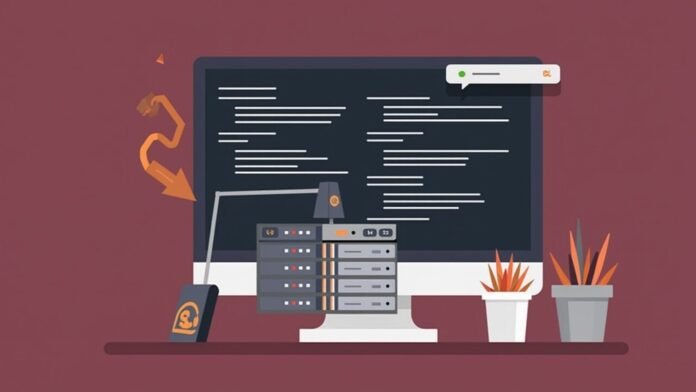In the realm of networking and software development, the address 127.0.0.1:57573 holds significant importance. This combination of an IP address and port number is pivotal for developers and system administrators working in local development environments. In this article, we delve into the intricacies of 127.0.0.1:57573, exploring its components, applications, and best practices.
Understanding the University of Metaphysical Sciences Lawsuit
Decoding 127.0.0.1: The Loopback Address
The IP address 127.0.0.1, commonly referred to as localhost, is a standard loopback address in IPv4 networking. It enables a computer to communicate with itself, facilitating the testing and development of network applications without the need for external network connections. This self-referential address is instrumental in:
- Software Development: Developers utilize 127.0.0.1 to run and test applications locally, ensuring functionality before deployment.
- Network Diagnostics: System administrators employ the loopback address to troubleshoot and verify network configurations internally.
Significance of Port 57573
In conjunction with the loopback address, a port number specifies a particular process or service on the local machine. The number 57573 is an example of a dynamic or private port, typically used for temporary or custom services. Ports in this range (49152–65535) are often employed for:
- Local Development Servers: Running web servers or applications locally during the development phase.
- Testing APIs and Services: Isolating services on unique ports to prevent conflicts and facilitate debugging.
Applications of 127.0.0.1:57573
- Web Development and TestingDevelopers frequently bind their local servers to 127.0.0.1:57573 to simulate real-world scenarios in a controlled environment. This practice allows for:
- Safe Experimentation: Testing new features without affecting live environments.
- Performance Monitoring: Assessing application behavior under various conditions locally.
- API DevelopmentWhen developing APIs, running them on 127.0.0.1:57573 enables:
- Isolated Testing: Ensuring the API functions correctly before integration.
- Debugging: Identifying and resolving issues in a contained setting.
- Database ManagementDatabase administrators might configure database services to listen on 127.0.0.1:57573 for:
- Local Access: Restricting database access to the local machine for security purposes.
- Development: Allowing developers to interact with the database without exposing it to external networks.
Security Considerations
While using 127.0.0.1:57573 confines the service to the local machine, it’s imperative to implement security measures:
- Authentication: Ensure that services running on this port require proper authentication to prevent unauthorized access.
- Firewall Configuration: Configure local firewalls to monitor and control traffic to and from port 57573, even though it’s local.
- Regular Audits: Periodically review services running on dynamic ports to identify and mitigate potential vulnerabilities.
Troubleshooting Common Issues
Encountering issues with 127.0.0.1:57573 can stem from various factors:
- Service Not Running: Verify that the intended service is active and listening on port 57573.
- Port Conflicts: Ensure no other service is occupying port 57573. Tools like
netstatcan help identify active connections. - Firewall Restrictions: Check that local firewall settings are not inadvertently blocking access to port 57573.
Best Practices
To optimize the use of 127.0.0.1:57573:
- Consistent Port Assignment: Assign specific ports to particular services during development to avoid conflicts.
- Documentation: Maintain clear records of port assignments and services for future reference and troubleshooting.
- Environment Segregation: Use distinct ports for different environments (development, testing, production) to prevent overlap and ensure clarity.
Conclusion
The combination of 127.0.0.1 and port 57573 serves as a fundamental tool in the arsenal of developers and system administrators. By facilitating local testing and development, it ensures that applications are robust and secure before reaching production environments. Adhering to best practices and maintaining vigilant security measures will maximize the benefits of using 127.0.0.1:57573 in your development workflow.
